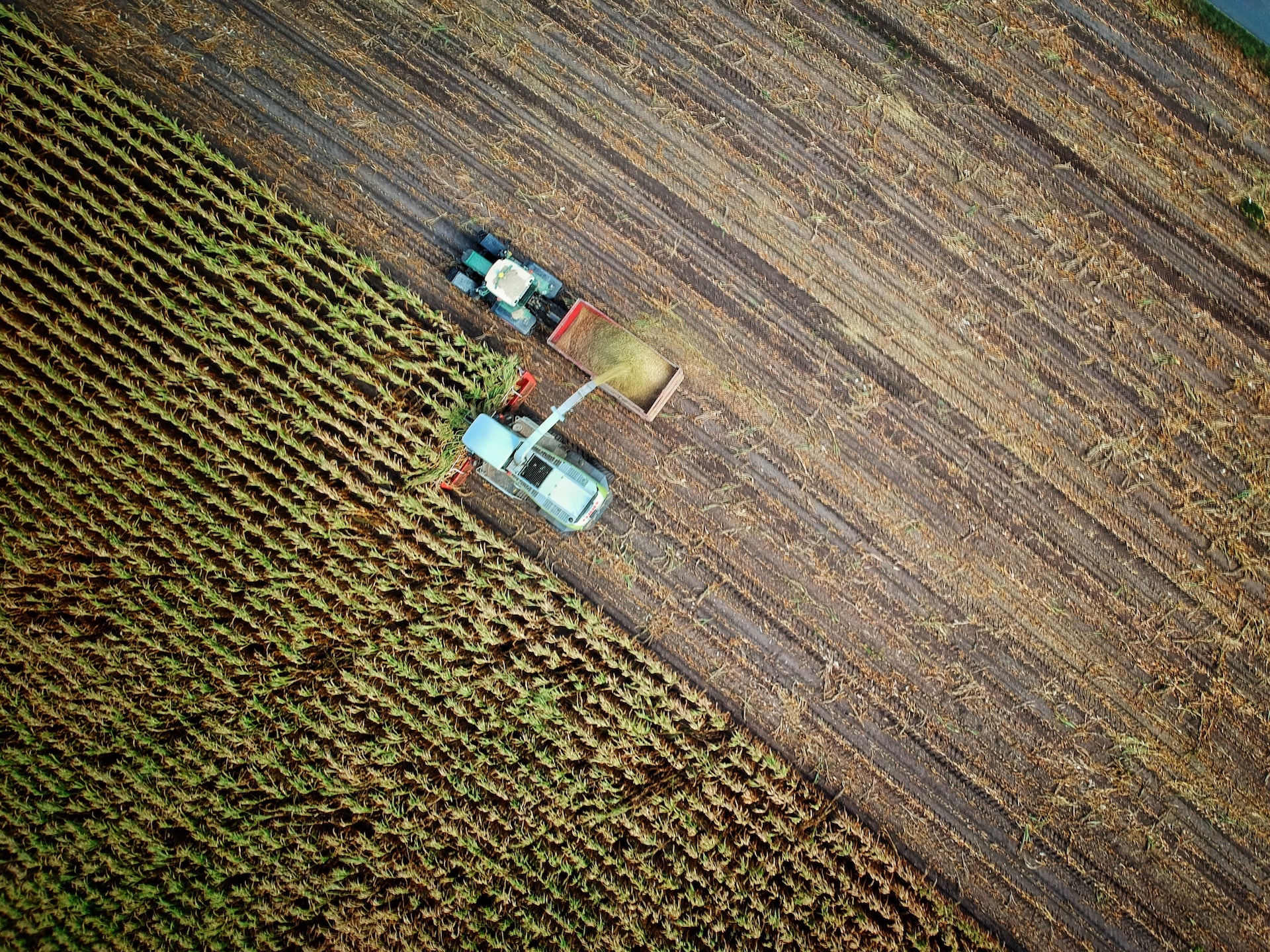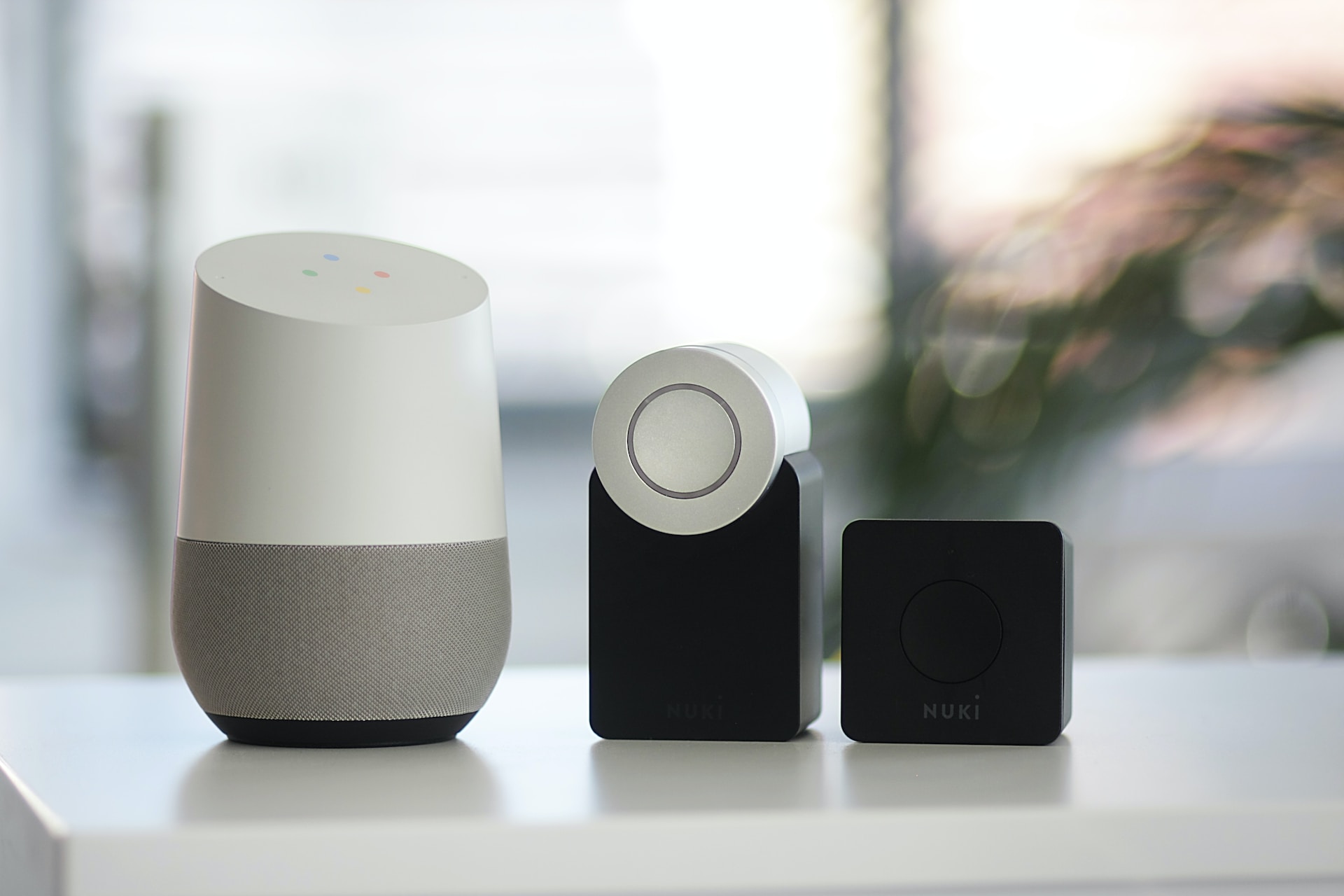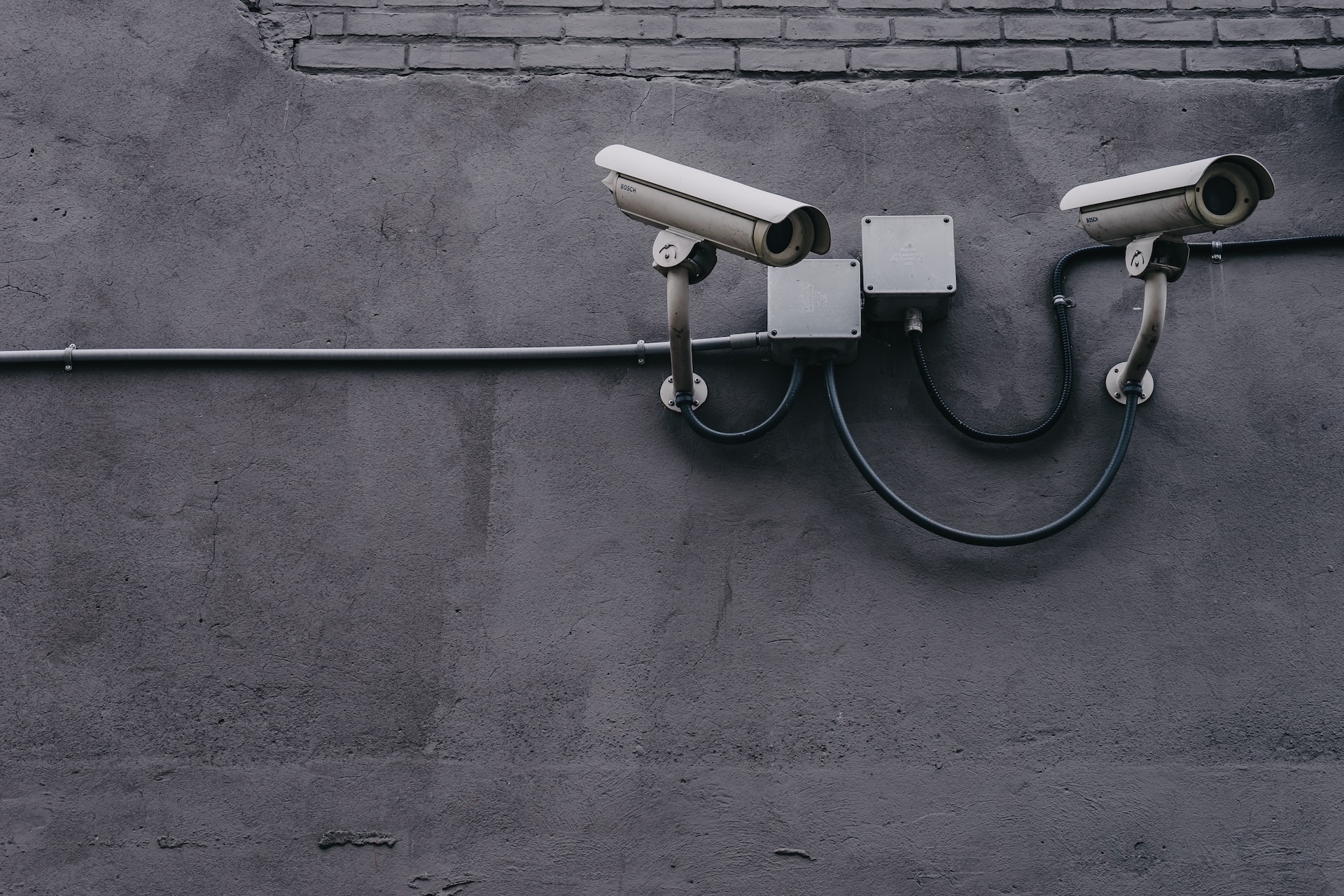In the realm of modern agriculture, a quiet yet profound revolution is underway. This revolution, known as precision agriculture, is fundamentally transforming how we cultivate and manage our farmlands. At the heart of this transformation are two key technological advancements: Global Positioning System (GPS) and the Internet of Things (IoT). Together, they are reshaping agriculture into a more efficient, sustainable, and productive sector. In this blog post, we’ll delve into how GPS and IoT are driving this change and what it means for the future of farming.
1. The Advent of Precision Agriculture
Precision agriculture is a farming management concept that uses information technology and a range of items such as GPS guidance, control systems, sensors, robotics, drones, autonomous vehicles, variable rate technology, and automated hardware. This approach allows farmers to observe, measure, and respond to variability in crops and soil conditions with unprecedented precision. The goal is to ensure profitability, sustainability, and protection of the environment.
2. GPS: The Guiding Star in Modern Farming
GPS technology has been a game-changer in agriculture. Its most significant impact has been in the realm of field mapping, soil sampling, tractor guidance, crop scouting, and yield mapping. GPS allows farmers to work during low visibility field conditions such as rain, dust, fog, and darkness.
- Field Mapping: Farmers use GPS to map their fields in detail, allowing them to understand patterns of yield variations and adapt their strategies accordingly.
- Soil Sampling: GPS enables precise soil sampling. By knowing exactly where samples were taken, farmers can create more accurate soil maps, leading to better fertilizer and lime applications.
- Tractor Guidance: Tractor guidance systems or autopilots for tractors use GPS to steer equipment accurately. This reduces overlaps and gaps when planting or harvesting, saving time and resources.
- Crop Scouting: GPS helps in pinpointing exact locations of pest infestations or disease outbreaks, allowing for targeted treatment.
- Yield Mapping: Combining GPS data with yield information helps farmers analyze which areas of the field are more productive and why.
3. IoT: The Network of Smart Farming
IoT in agriculture involves a network of devices like sensors, actuators, and wearables that collect and exchange data. This network offers a wealth of information for decision-making.
- Sensors: Soil and plant sensors provide data on soil moisture, nutrients, and various plant conditions, helping farmers make precise irrigation and fertilization decisions.
- Automated Machinery: IoT enables the use of drones and robotic machinery for tasks like planting, weeding, and harvesting.
- Livestock Monitoring: Wearables for livestock track health and location, improving herd management.
- Data Management: IoT platforms collect and analyze data from various sources, providing insights for better crop management and predictive analytics for crop diseases and weather impacts.
4. Benefits of Precision Agriculture
The benefits of precision agriculture are multifaceted. It leads to increased crop yields and quality by ensuring that crops get exactly what they need, precisely when they need it. It also reduces the cost of inputs like fertilizers, pesticides, and water, making farming more sustainable. Furthermore, it aids in environmental protection by minimizing runoff of chemicals into rivers and groundwater.
5. Challenges and the Road Ahead
Despite its benefits, precision agriculture faces challenges. The high cost of technology and the need for specialized knowledge to interpret data can be barriers for some farmers, particularly smallholders. There’s also the issue of data management and security, as farming becomes increasingly digitized.
However, the future of precision agriculture is bright. As technology becomes more affordable and user-friendly, and as farmers become more tech-savvy, these barriers are likely to diminish. The rise of cloud computing and AI also offers new opportunities for data analysis and decision-making in farming.
6. Conclusion: Embracing the Future of Farming
The rise of precision agriculture heralds a new era in farming. By harnessing the power of GPS and IoT, farmers are not only enhancing their productivity and efficiency but also paving the way for a more sustainable and environmentally friendly approach to agriculture. As we move forward, the integration of these technologies will continue to play a crucial role in feeding the growing global population while preserving our planet’s resources.
In conclusion, the advent of precision agriculture, driven by GPS and IoT, is more than just a technological upgrade; it’s a paradigm shift in how we approach farming. It’s an exciting time for agriculture, and the possibilities are boundless. As we embrace these technologies, we step into a future where farming is not just about cultivation, but about precision, sustainability, and harmony with nature.





